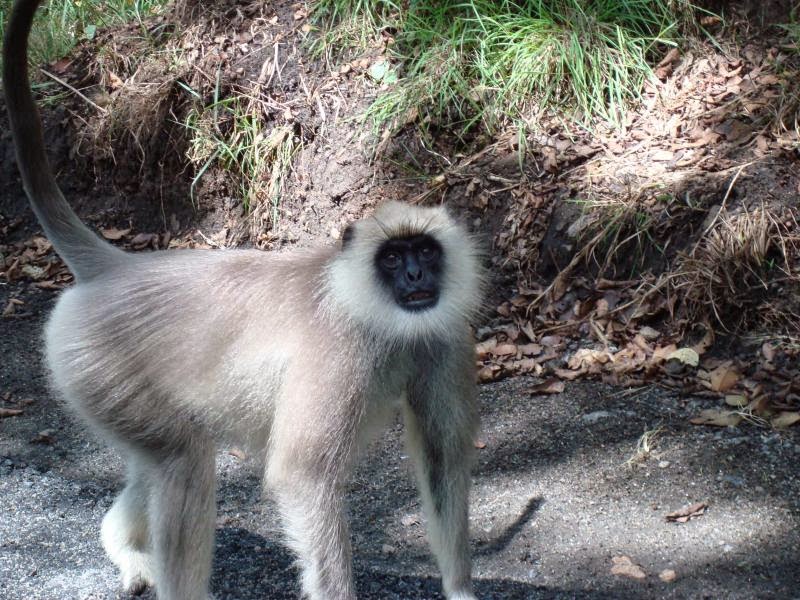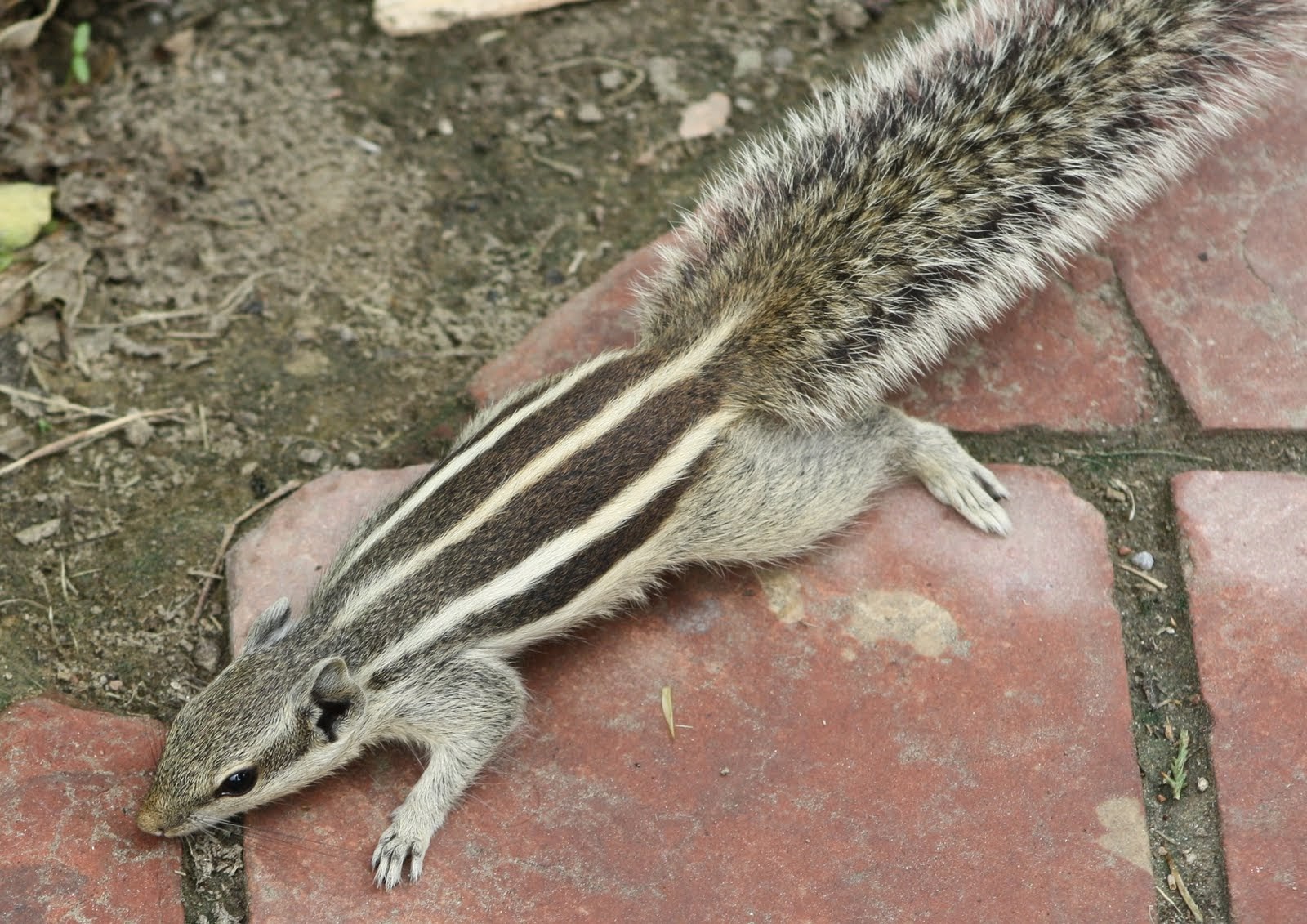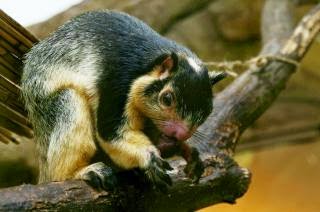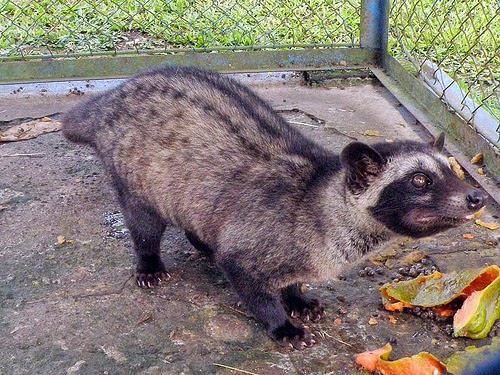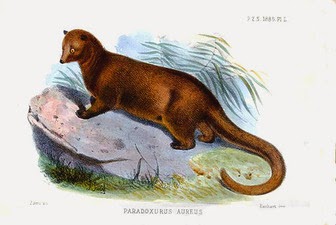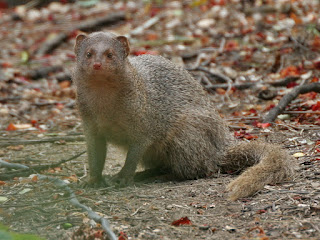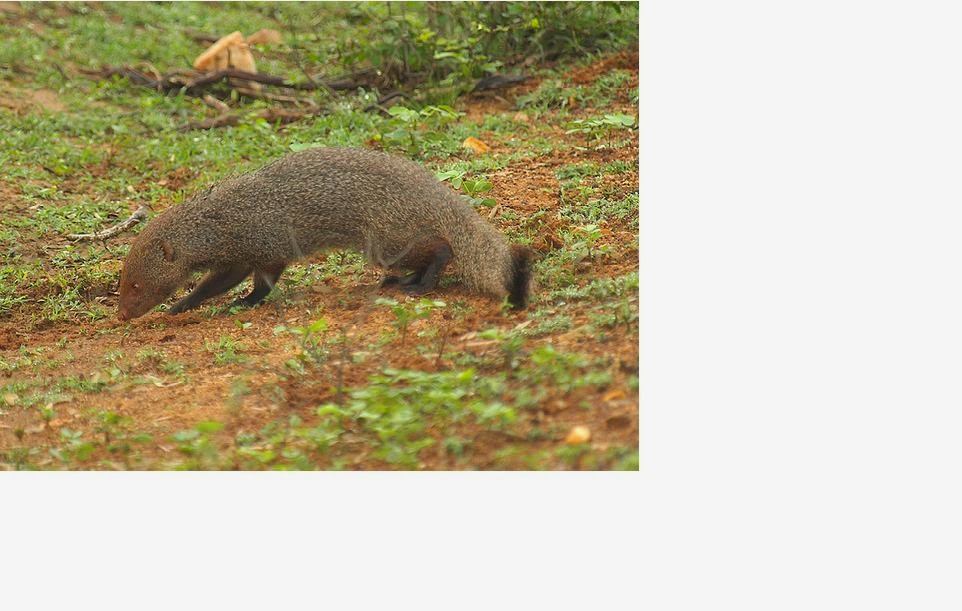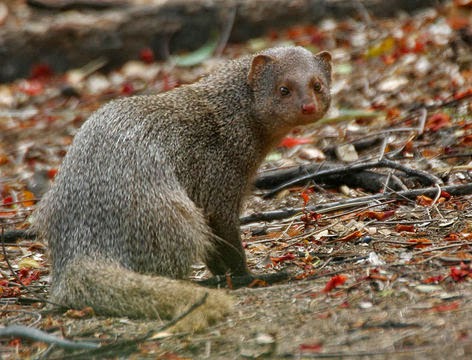Sri Lanka Elephant (Elephas Maximus Maximus)

Sinhalese: Aliya, Atha (tusker) Tamil: Yanei Description: The average height of an adult male is about 2.5 meters at the shoulder, although in rare instances, they have been known to reach 3 meters. The female is about 15 cm shorter. If the circumference of the fore-foot is measured and then doubled, it will give an approximate height of the elephant. A very few males have tusks, the females never grow them, but occasionally both sexes may have small tushes which are really the incisor teeth. The elephant has 6 sets of teeth which continue growing throughout its 60-70 years of life. The new teeth come from the back and push the old teeth forward where they are worn down by the continuous chewing. When the final set has been used, the elephant’s life is at an end as it can no longer feed itself. In the prime of life an elephant can weight as much as 3,000 kg. Distribution: Elephants are found in the jungle areas of the island. These are mostly in the northern, easter...



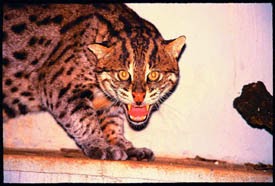
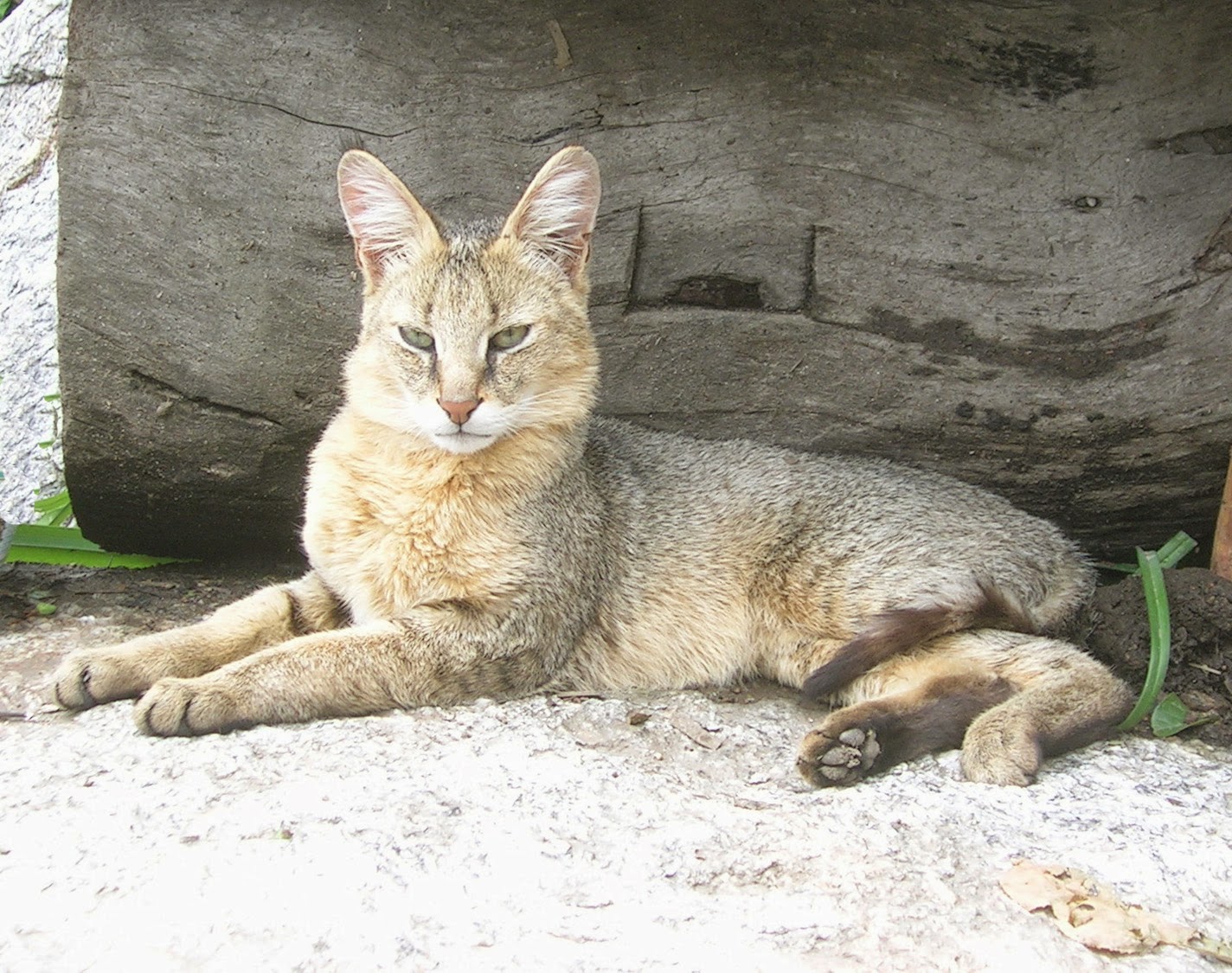

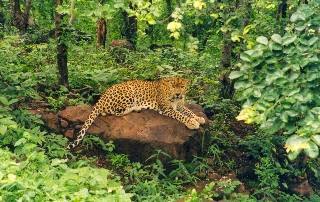



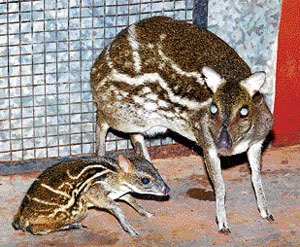

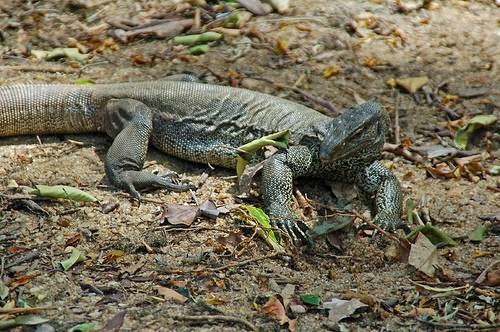
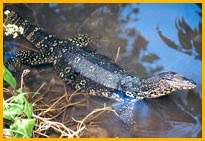
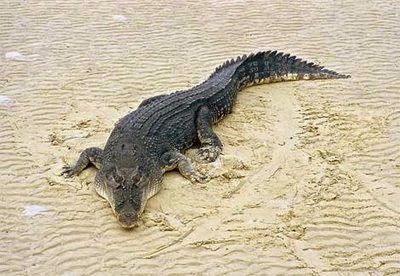



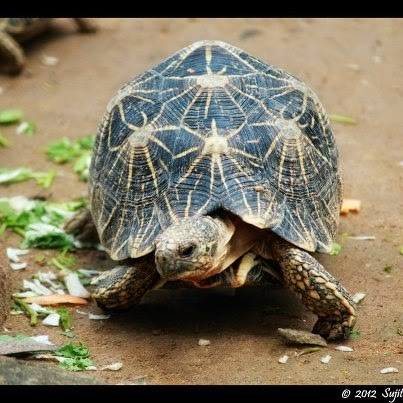
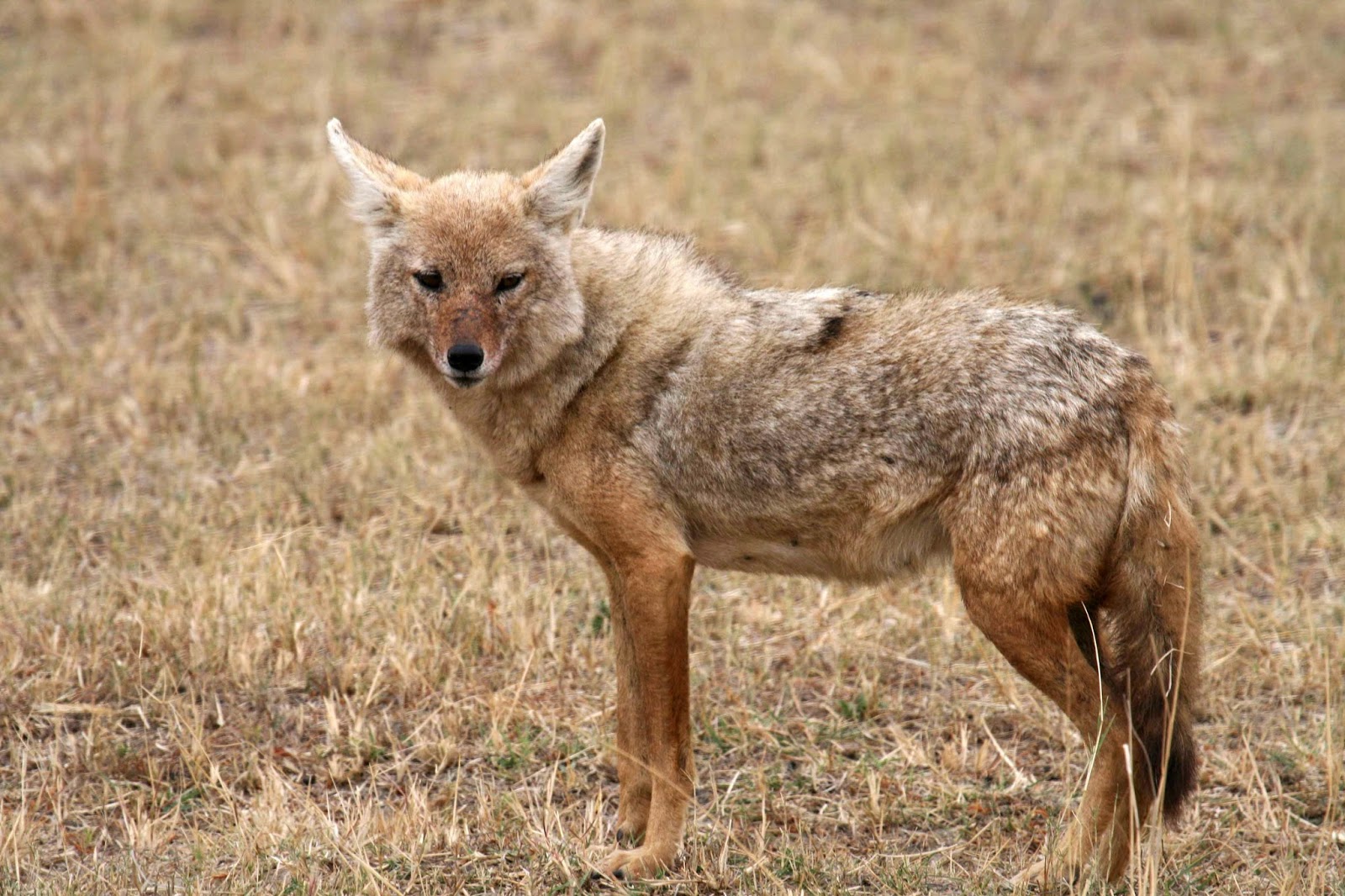
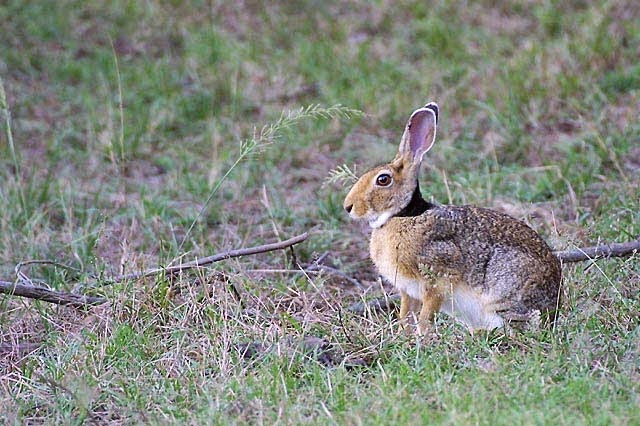
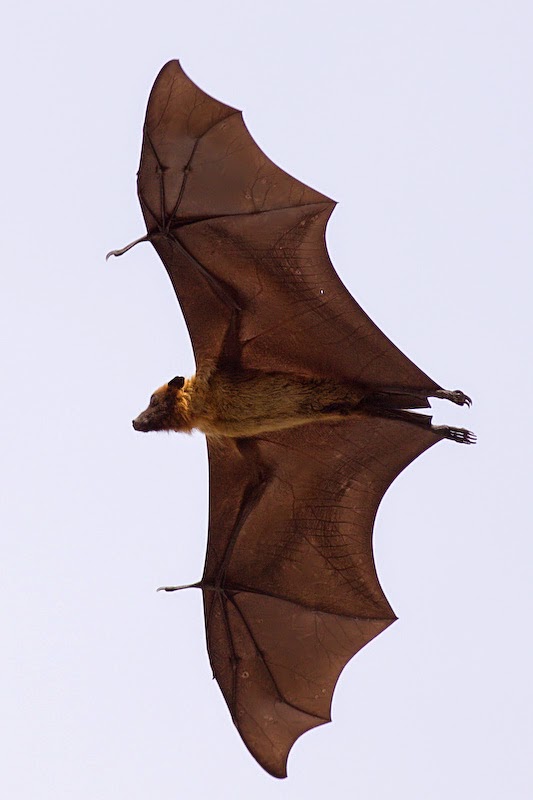
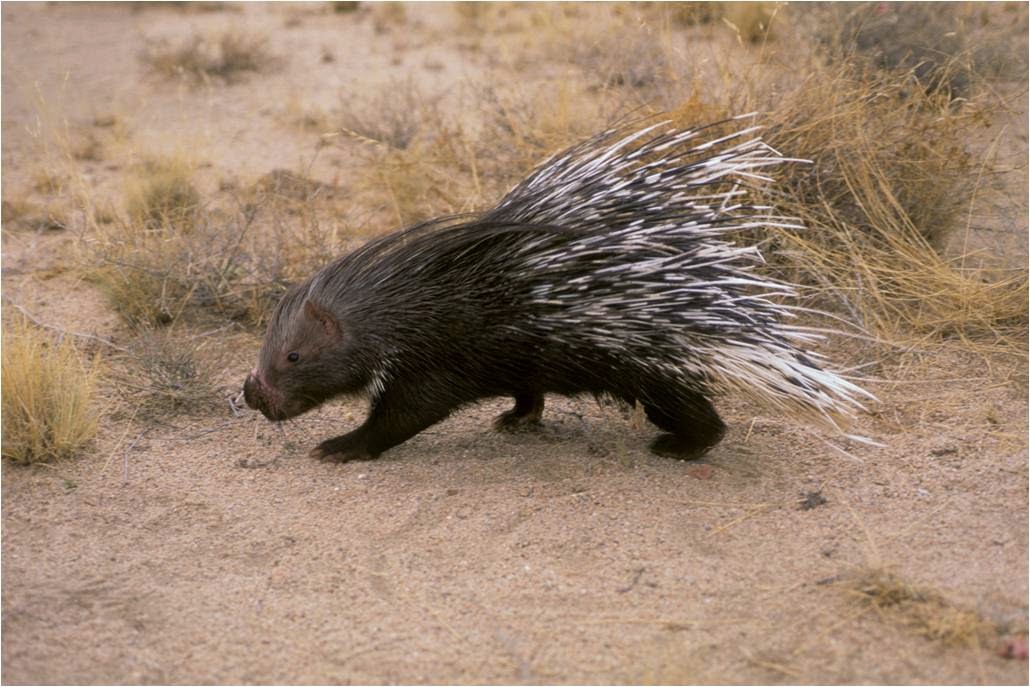

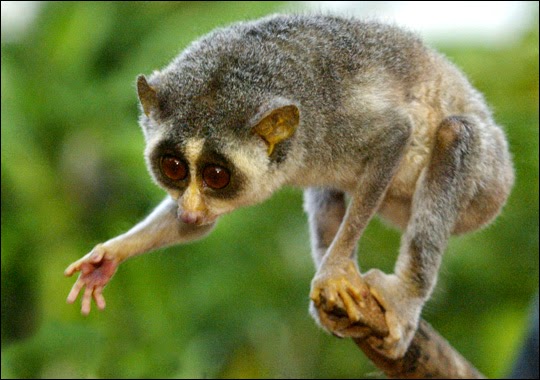
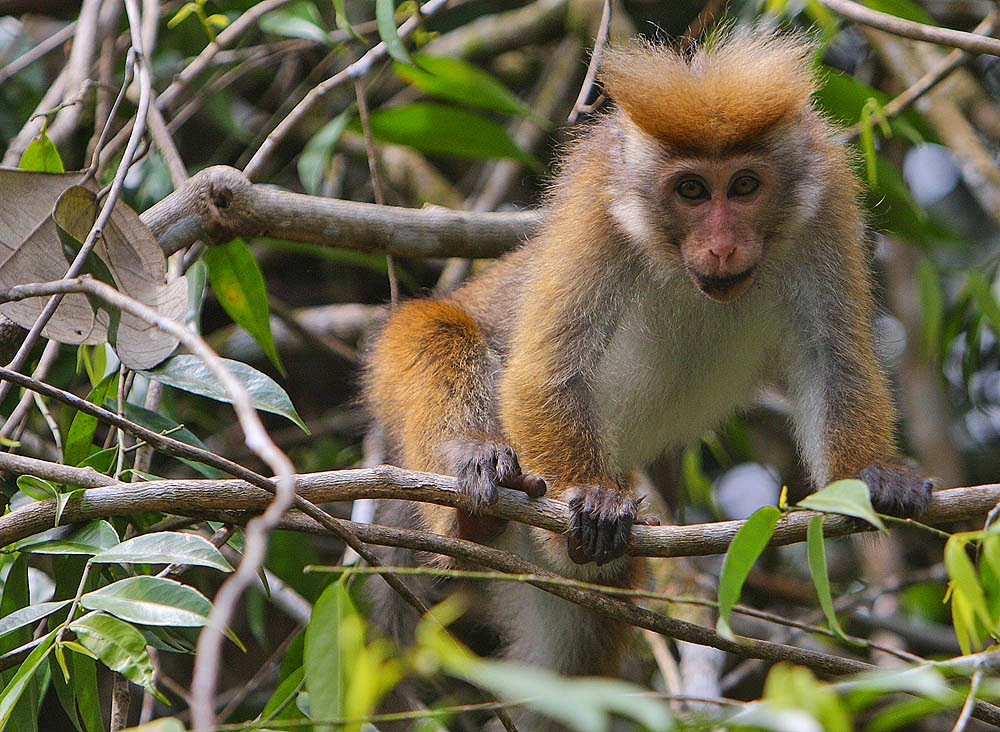
.JPG)
